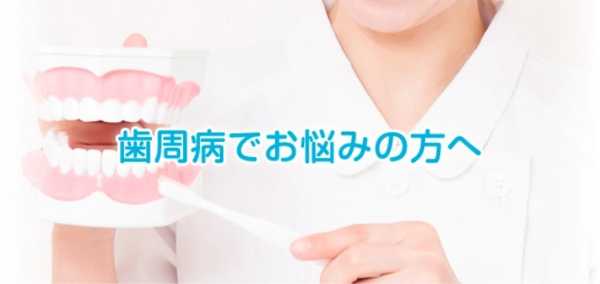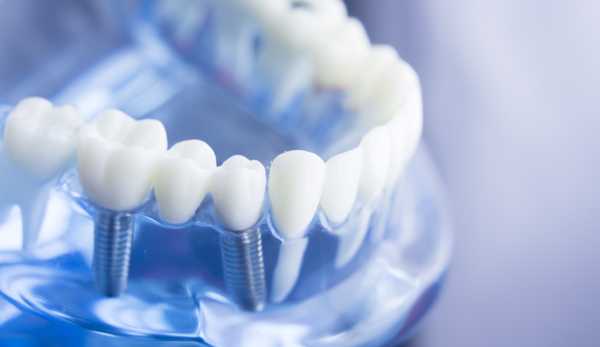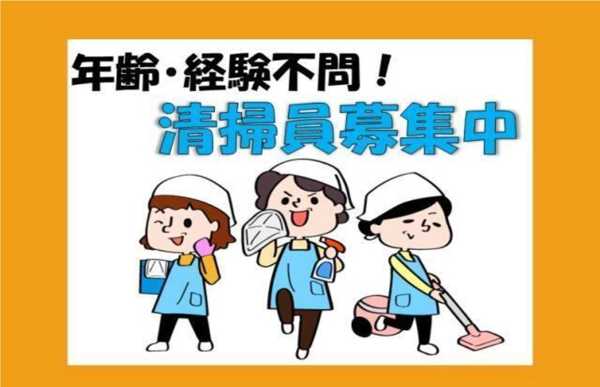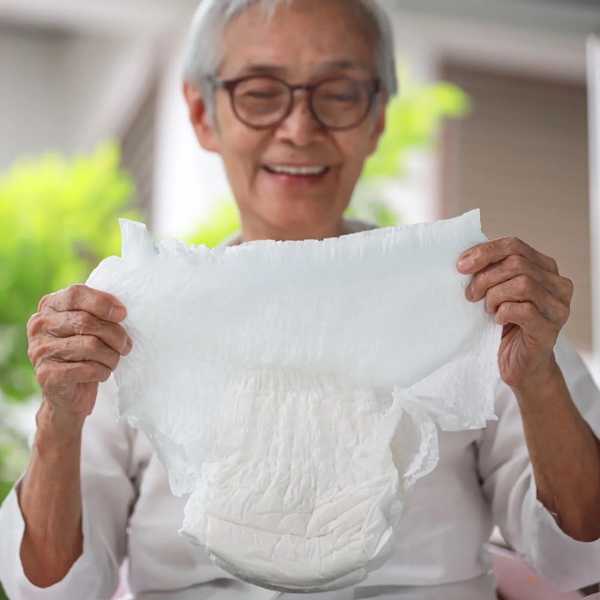ハウスクリーナー募集|未経験OK・高時給の清掃スタッフ求人情報
Comprehensive Guide to HIV Prevention: Key Strategies for Staying Safe
HIV (Human Immunodeficiency Virus) is a serious virus that attacks the immune system, weakening the body's ability to fight off infections. While there is no cure for HIV, advancements in prevention have made it possible to reduce the risk of transmission significantly. Whether you’re sexually active, using injection drugs, or concerned about your risk, understanding how to prevent HIV is essential. Here’s a guide to the most effective ways to reduce the risk of HIV transmission.
HIV (Human Immunodeficiency Virus) is a serious virus that attacks the immune system, weakening the body's ability to fight off infections. While there is no cure for HIV, advancements in prevention have made it possible to reduce the risk of transmission significantly. Whether you’re sexually active, using injection drugs, or concerned about your risk, understanding how to prevent HIV is essential. Here’s a guide to the most effective ways to reduce the risk of HIV transmission.
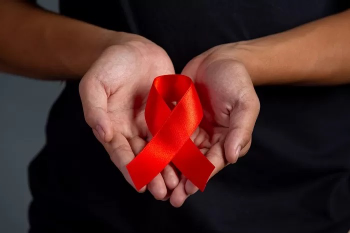
1. Get Tested and Know Your Status
Knowing your HIV status and the status of your partner(s) is the first step in prevention. Regular testing for HIV is crucial, especially if you're sexually active or involved in high-risk behaviors. Many people with HIV do not experience symptoms in the early stages, so getting tested ensures you catch it early if you're infected. By understanding your own status and that of your partner, you can make more informed decisions about prevention.
2. Practice Safe Sex
One of the most effective ways to prevent the transmission of HIV is by using condoms consistently and correctly during vaginal, anal, and oral sex. Condoms create a physical barrier that prevents the exchange of bodily fluids, which is the primary way HIV spreads. When used properly, condoms are highly effective in preventing HIV and other sexually transmitted infections (STIs). Additionally, using lubricants with condoms can further reduce the risk of breakage and enhance comfort.
3. Pre-Exposure Prophylaxis (PrEP)
PrEP is a preventive medication that reduces the risk of HIV infection for HIV-negative individuals who are at high risk of exposure. It involves taking a daily pill, such as Truvada, which contains two antiretroviral drugs. When used consistently, PrEP can reduce the risk of HIV infection through sexual contact by over 90% and by 70% for people who inject drugs. PrEP is an essential tool for individuals who may be exposed to HIV through high-risk sexual behaviors or sharing needles.
4. Limit Sexual Partners
Reducing the number of sexual partners you have can significantly lower your risk of contracting HIV. Having multiple sexual partners increases the likelihood of encountering someone who may be HIV-positive. It's important to be selective about your sexual partners and to discuss HIV testing and prevention methods openly. Monogamous relationships with mutually tested and HIV-negative partners are the safest.
5. Avoid Sharing Needles or Injection Equipment
Sharing needles or syringes for drug use is a major route of HIV transmission. If you use injectable drugs, always use clean, sterile equipment and never share needles. Many communities offer needle exchange programs where you can access clean syringes to reduce the risk of HIV. Reducing the use of injection drugs altogether is the best way to avoid the risk.
6. Post-Exposure Prophylaxis (PEP)
PEP is an emergency medication that can be taken within 72 hours after a potential exposure to HIV, such as unprotected sex or needle-sharing. PEP involves a 28-day course of antiretroviral medications that can significantly reduce the risk of infection if taken promptly. If you think you've been exposed to HIV, it’s important to seek medical attention immediately to discuss whether PEP is appropriate.
7. Consider the Risk of Mother-to-Child Transmission
HIV can be transmitted from an HIV-positive mother to her child during pregnancy, childbirth, or breastfeeding. However, with proper treatment, the risk of transmission can be significantly reduced. Pregnant women who are HIV-positive should start antiretroviral therapy (ART) as early as possible in pregnancy to lower the risk of transmitting the virus to the baby. It is also recommended that HIV-positive mothers avoid breastfeeding to prevent transmission through breast milk.
8. Educate Yourself and Others
Education is key to preventing HIV. The more you know about how HIV is transmitted and the ways to protect yourself, the better you can reduce your risk. Take the time to learn about HIV prevention strategies, and talk openly with your partners, friends, and healthcare providers. Educating those around you can create a safer environment for everyone and reduce the stigma associated with HIV.
9. Seek Regular Medical Care and ART
If you are HIV-positive, adhering to an antiretroviral therapy (ART) regimen can keep the virus under control, making it undetectable in your blood. When HIV is undetectable, it means it cannot be transmitted to others through sexual contact — a concept known as undetectable = untransmittable (U=U). Regular medical check-ups and ART help manage the virus and prevent progression to AIDS, allowing individuals with HIV to live long, healthy lives.
10. Avoid Alcohol and Drug Use
Alcohol and drug use can impair judgment and lead to risky behaviors, such as unprotected sex or sharing needles. By limiting or avoiding alcohol and drugs, you reduce the likelihood of engaging in behaviors that could expose you to HIV.
Conclusion: HIV Prevention Is Within Reach
While HIV remains a significant health issue, there are many ways to reduce the risk of transmission. Using preventive methods such as condoms, getting tested regularly, taking PrEP, and avoiding high-risk behaviors like needle-sharing are the cornerstones of HIV prevention. If you are concerned about your HIV risk, it’s essential to talk to a healthcare provider who can help guide you toward the best preventive options for your situation.
By taking proactive steps, you can protect your health and the health of others, and contribute to reducing the spread of HIV in your community.
